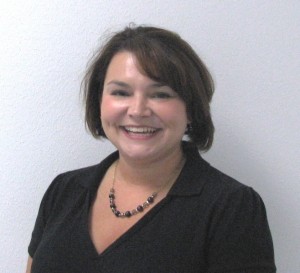
Summer squash grown in Louisiana are available from late May until early fall. Squash come in many colors, sizes, shapes, and textures and they are generally divided into two groups: soft-shell or summer squash, and hard-shell or winter squash. Summer squash are best when harvested young. Crook neck, straight neck, zucchini and patty-pan are different kinds of summer squash. Crookneck and straight neck are often called yellow squash, and patty-pan is often called scalloped or white squash.
Squash are very low in calories and fat, with one half cup serving having only 15 calories. Squash are a good source of vitamin C, although you lose about half of it during the cooking process, so try eating it raw. Squash also contains some beta-carotene. You do not need to peel young tender squash; just wash, slice and eat raw with a dip or in a salad. You may also steam or cook it in a little bit of water until just tender–be careful not to overcook. Italian seasonings are good with zucchini squash, so toss it with a teaspoon of olive oil and some basil, oregano, and thyme. Another way to enjoy summer squash is to halve and cook about 20 minutes on the grill, basting with light Italian salad dressing.
When purchasing squash, keep in mind that one pound of raw squash yields two to three servings when cooked. Choose well-formed squash that are tender but firm. Young, tender squash tend to have a glossy skin. Crook neck and straight neck are best when skin is light yellow and smooth. As squash matures, the skin becomes deeper in color, less tender and bumpy. Zucchini is straight and slender with dark green skin and is best under 10 inches in length. Patty-pan squash is best when skin is still pale green and is less than 4-inches in diameter.










